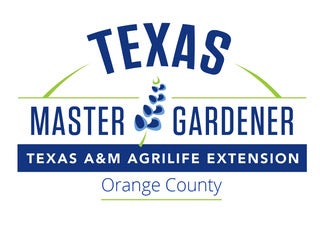Master Gardeners: Dos and don’ts of Fall landscape cleanup
Published 2:53 am Saturday, October 2, 2021
|
Getting your Trinity Audio player ready...
|
Originally published by Gardeners Supply Company by Suzanne DeJohn
Modified by John Green
The “Dos” — Do These Tasks in Fall
Encourage late blooms- Plants which bloom in late Summer and Fall, such as asters, Joe Pye weed, and helenium, are important sources of food for pollinators, such as Monarch butterflies that need nectar to fuel their Fall migration.
Save seeds- Collect seeds from mature seed heads for replanting next year.
Leave some seed heads for birds- Leave seed heads on some annuals and perennials, such as sunflowers and coneflowers, to allow birds to feast on the seeds.
Cut back spent perennials- Start tidying up other perennials when all the flowers, foliage, and stems have died back. Trim stems to 2-3″. Use permanent labels to mark the location of perennials, so you’ll know what to look for in spring.
Apply compost- Spread a 1″ to 2″ layer of compost under perennials, trees, and shrubs as this provides a slow-release of nutrients for roots, so they’re ready for robust growth next spring.
Continue to water trees and shrubs- The soil around woody plants should be kept moist until the ground freezes. This is especially important for evergreens, which continue to take up water throughout the winter. Once the ground freezes, apply a 2-3″ layer of organic mulch (shredded leaves, pine straw, or bark chips) around trees and shrubs, keeping the mulch a few inches from stems and trunks.
Leave ornamental grasses- Ornamental grasses can be left as is, so you can enjoy their beauty all winter. Or, if you prefer, they can be cut back to 3-4″ in fall.
Do light fall pruning- Trim dead or diseased branches from trees and shrubs. Wait until spring or summer (depending on the type of plant) for major pruning.
Drain hoses- Make sure the water is drained from irrigation systems, hoses, and any other watering equipment that can be damaged when water freezes.
Test your soil- Send a sample to a professional lab to check for nutrients and pH (acidity/ alkalinity). Apply lime or sulfur if needed to change pH based on test result recommendations.
Fall Cleanup “Don’ts”
Don’t let soil freeze in planters- Moist soil expands as it freezes, which can cause cracks in ceramic, terra cotta, and some plastic containers. Unless a planter is guaranteed as weatherproof, it’s best to empty it and store it under cover.
Don’t discard fallen leaves- They contain a wealth of nutrients! If you have a scattering of leaves on your lawn, mow over them to break them into small pieces that will decompose quickly. Otherwise, rake and add leaves to your compost pile.
Avoid fertilizing in fall- Feeding late in the season can disrupt the plants’ hardening-off process. Slow-release fertilizers and compost are the exception, because unlike quick-release synthetic fertilizers, they won’t cause a flush of new growth.
Tidy up — but not too much- Many beneficial insects and pollinators overwinter in fallen leaves, brush piles, and un-mowed areas. Allowing part of your yard to remain a little “wild” will provide important habitat.
Don’t mulch too early, or too deeply- Mulch insulates the soil, and in Fall that isn’t necessarily a good thing. Cool soil helps plants enter their winter resting state. Wait until the ground has frozen, then apply a 2-3″ layer of mulch to prevent winter freeze-thaw cycles that can stress plants.
If you have gardening questions, please contact Orange County Master Gardeners:
Website: https://txmg.org/orange
Facebook: Orange County Texas Master Gardeners Association
Orange County Master Gardner Helpline: (409) 882-7010
Email: extension@co.orange.tx.us









